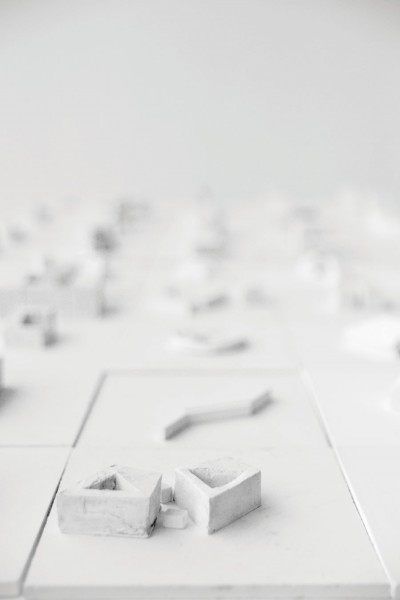
The Diploma in Design Foundations Exhibition highlights the yearlong visual and creative process of 80 students. It is a study in representation, composition, and perception of space. Pencil drawings, typographic prints, cast sculpture houses, and panoramic landscape photography fill the studio space.
Creative awakening is the undertone of the exhibition. Students are encouraged to harness their skills and to experiment freely with visual thinking within a structured environment.
The exhibition consists of projects completed throughout the year. Pencil sketches of chair designs and glass houses illustrate the design process followed by rich computer-generated 3D renders. The results are absorbing images of townscapes, landscapes, and alternative interpretations of mundane sights like pavements and road markings that are given new aesthetic meaning. Cast sculpture houses of clay and plaster are the students’ first experimentation with form in three-dimensional space and with mold making.
The Diploma Exhibition gathers together a range of diverse and original ideas using skills acquired through practice-based research.





Comments are closed for this article!